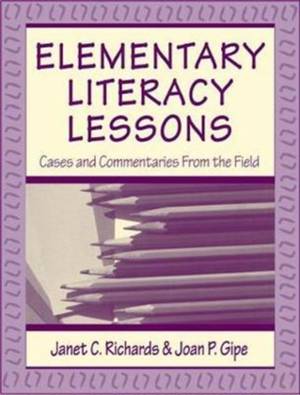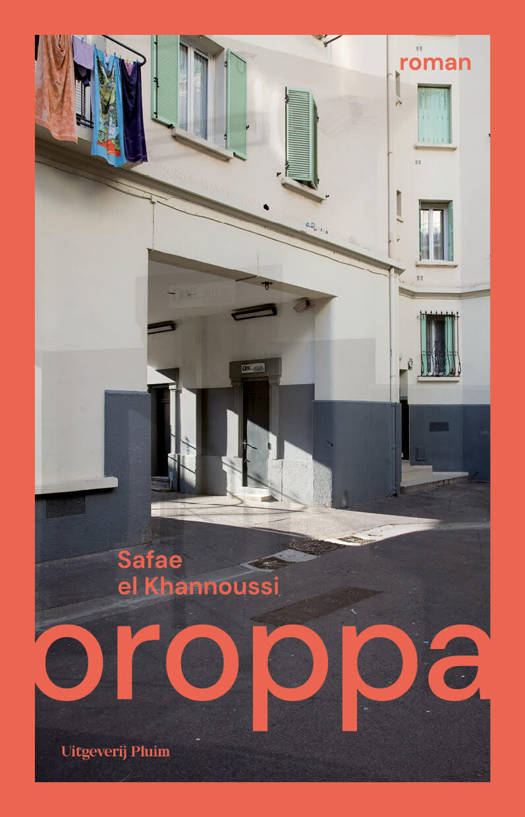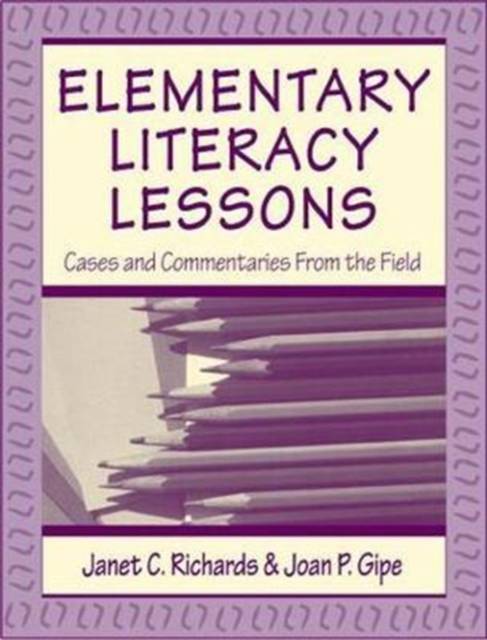
- Afhalen na 1 uur in een winkel met voorraad
- Gratis thuislevering in België vanaf € 30
- Ruim aanbod met 7 miljoen producten
- Afhalen na 1 uur in een winkel met voorraad
- Gratis thuislevering in België vanaf € 30
- Ruim aanbod met 7 miljoen producten
Zoeken
Elementary Literacy Lessons
Cases and Commentaries from the Field
Janet C Richards, Joan P Gipe
Hardcover | Engels
€ 256,95
+ 513 punten
Omschrijving
Innovative and practical, this text helps prepare teachers to support the literacy learning needs of all children in grades K-6, including academically, linguistically, and culturally diverse students. It features original teaching cases written by preservice teachers enrolled in field-based reading/language arts methods courses, accompanied by commentaries written by experienced teacher educators and skilled classroom teachers. High-interest content and a reader-friendly format encourage critical and reflective thinking about topics important to effective literacy instruction. By promoting reflection about case issues, the text helps prepare future teachers to respond to teaching narratives presented on the practical applications section of the PRAXIS II, an examination required in most states for teacher licensure. The authentic cases candidly and poignantly describe preservice teachers' plans, problems, hopes, disappointments, dilemmas, and reflective thinking as they address the multilayered complexities and ambiguities associated with learning to teach reading and language arts in elementary classrooms. These teaching stories reveal glimpses of literacy instruction and allow us to enter real classrooms and experience the wide varieties of situations that reading/language arts teachers encounter daily. Although the cases are grouped according to specific dimensions of literacy theory and pedagogy, just as in real classrooms, other issues are woven through each case as well. The commentaries provide scholarly, and sometimes contrasting, perspectives and approaches through which readers might consider the issues presented in the cases. The commentaries represent only particular perspectives, but readers are encouraged to explore and consider as many perspectives and issues as possible regarding each case. Each chapter includes helpfulpedagogical features: New or critical concepts and terms listed at the beg
Specificaties
Betrokkenen
- Auteur(s):
- Uitgeverij:
Inhoud
- Aantal bladzijden:
- 252
- Taal:
- Engels
Eigenschappen
- Productcode (EAN):
- 9781138420199
- Verschijningsdatum:
- 2/08/2017
- Uitvoering:
- Hardcover
- Formaat:
- Genaaid
- Afmetingen:
- 210 mm x 279 mm
- Gewicht:
- 629 g

Alleen bij Standaard Boekhandel
+ 513 punten op je klantenkaart van Standaard Boekhandel
Beoordelingen
We publiceren alleen reviews die voldoen aan de voorwaarden voor reviews. Bekijk onze voorwaarden voor reviews.











